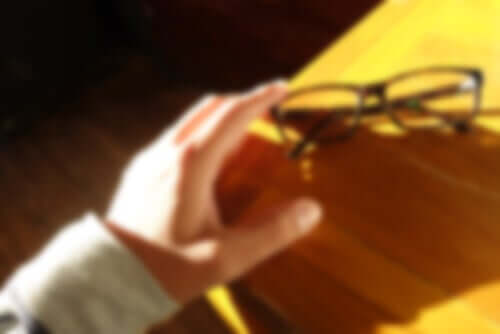At the beginning of the twentieth century, in 1909, the Hungarian doctor Rezs?Balint described a clinical picture already observed in the late 19th century, called optical ataxia, which made it hard for him to catch objects accurately because his eyes and hands did not move inward. years later, this condition was called Balint syndrome.
Smith, in 1916, and later Holmes, in 1918, reinterpreted this image as a lack of viso-spatial orientation.
- Finally.
- Hecaen and Ajuriaguerra.
- In 1953.
- Defined the descriptive picture of this syndrome.
- Which consists of psychic paralysis of the gaze.
- Visuomotor ataxia and visual impairment.
- That’s when it was finally called Balint syndrome.
Balint syndrome is characterized by three changes that constitute a typical triad in this context:
“The insensitive bond that connects your images, the most distant and the most distinct, is your vision. “Robert Bresson?
It is caused by bilateral lesions of the parietal lobes or parietooccipital areas, as a result of gunshot wounds, strokes or other injuries.
The most affected areas are
Recent reviews of some cases indicate that angular convolution lesions are essential for the onset of Balint syndrome.
People with this syndrome are unable to locate visual stimulus, have alterations in depth perception, and have a limited ability to change the direction of their gaze in the face of a stimulus.
When they do, the eye disorganizes and does not get the necessary precision, nor does it maintain a good fixation.
A fundamental feature of the disease is simultagnosia: constriction of visual attention on an object-stimulus with the consequent inability to perceive visual space as a whole.
Is it a shock? Because they are able to see even the smallest detail (stains, small objects), however, in general they cannot, so they behave as if they were blind in most situations.
We can see that some patients may follow the movement of their own fingers, but not that of the examiner, they can also touch specific points of their own body, but not external objects.
Difficulty changing the visual approach prevents the appearance of fixation, which manifests itself in symptoms of visual impairment.
Difficulty locating visual stimulus in space – which is not organized when the stimulus is of different nature – causes optical ataxia.
Altering the view of objects is evaluated by observing the movement of the eyes and their fixation to the movement and manual stop of a stimulus, such as an eye flashlight.
The change to collect objects is evaluated by placing several objects at different heights, colors and sizes, to observe the movement, the difficulty of reaching them and the time spent performing the exercise.
Optical ataxia is evaluated by reading a text, calculating the number of errors, the lack of fluidity from interruptions, or observing spasmodic and fixation movements.
The lack of visual attention can be verified indirectly, as well as the determination of recent memory before various visual stimuli or by observing how the lantern moves or not, or before an image of progressive light stimuli.
“Vision is the art of seeing invisible things. Jonayhan Swift?
As Balint syndrome occurs after severe brain injury, treatment of Balint syndrome involves attempting to regain the functions that were lost in the accident through rehabilitation sessions.
In most cases, occupational therapy is used as the main objective, this can be achieved using traditional methods or applying new technologies, it all depends on the case and recommendation of the doctor accompanying the treatment.
The goal of therapy is to minimize the difficulties patients face and also to hone their skills so that they can manage the situation in the best possible way.

